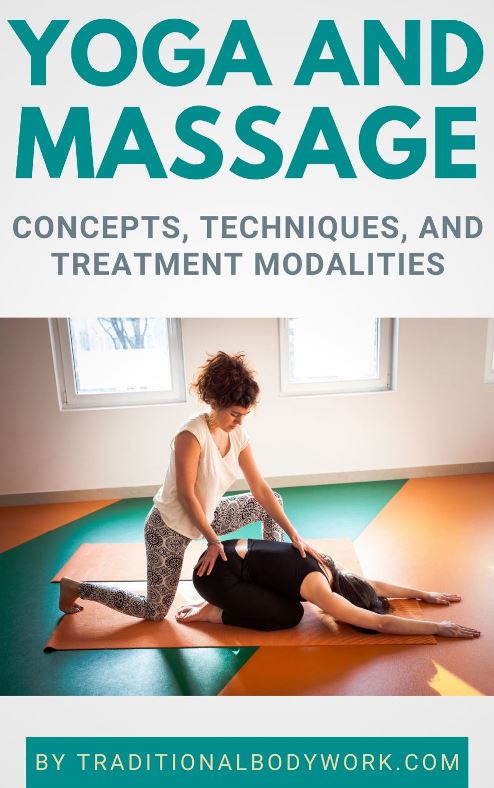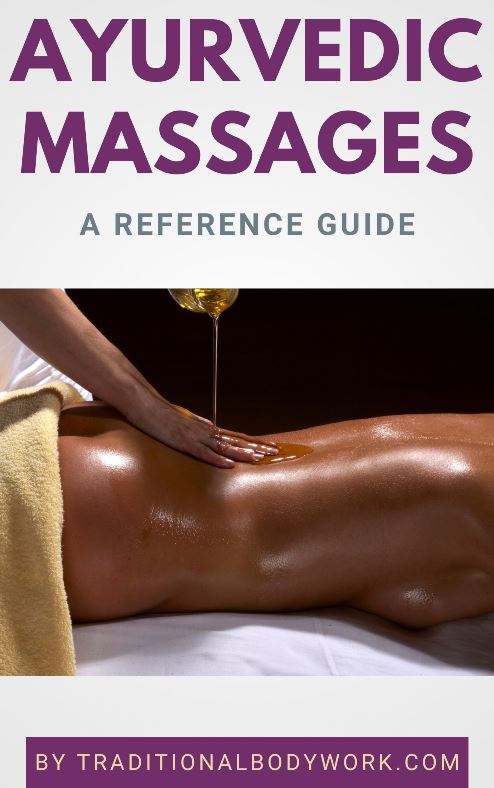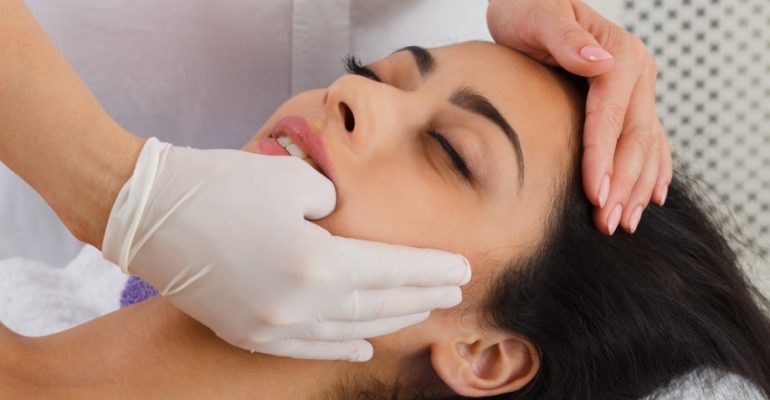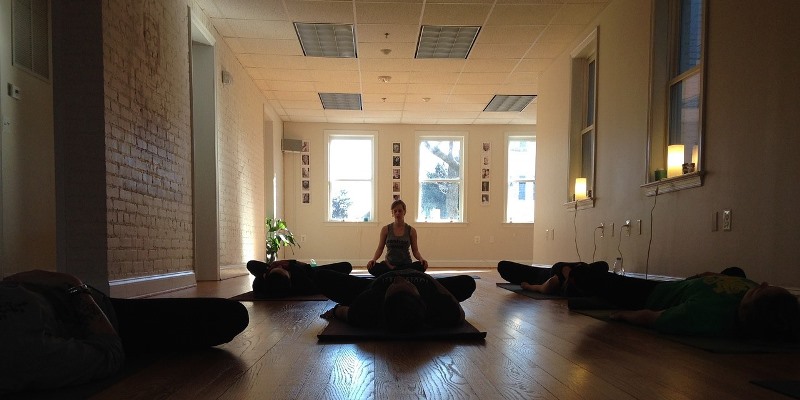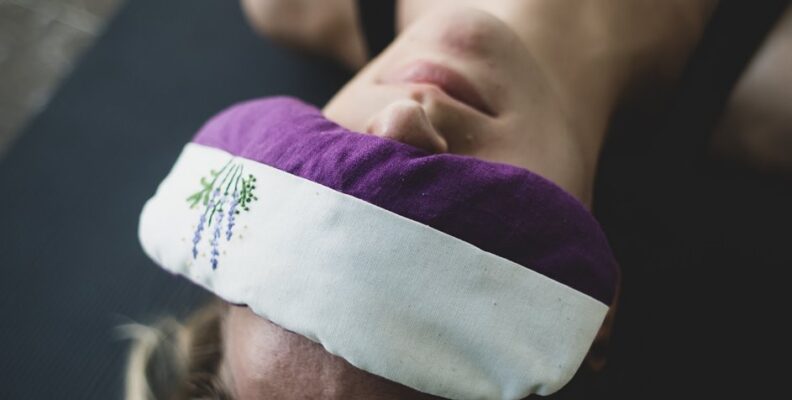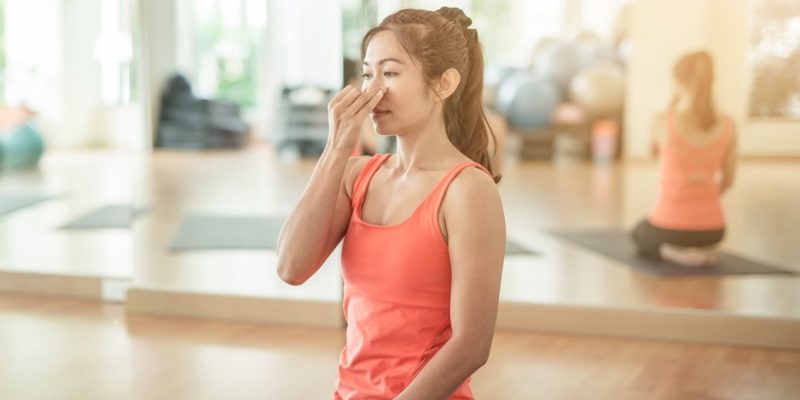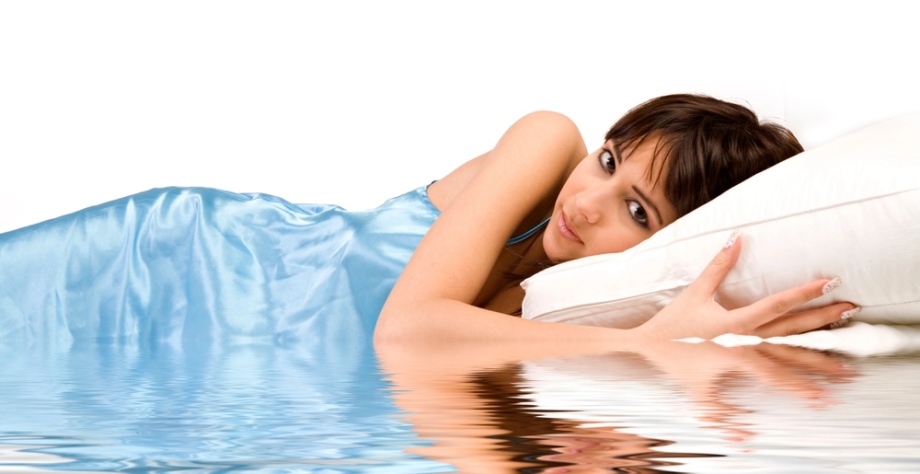
A waterbed is a bed or mattress filled with water. There are basically two types of waterbeds: hard-sided and soft-sided waterbeds.
The hard-sided waterbed contains a special water-filled mattress inside a rectangular frame of wood. The soft-sided waterbed contains a water-filled mattress inside a rectangular frame of sturdy foam, which is integrated in the bed by a fabric casing.

I had both types of waterbeds and my personal opinion is that the soft-sided bed is certainly to be preferred. The hard-sided waterbed can be uncomfortable or hurtful when you get in or out of bed, or even when you move around in your bed and come in touch with the sides, which naturally happens relatively often.
In addition, you have waterbeds with two separate water-filled compartments instead of one, so that each person in a double-sized bed i.e. twin bed (a bed for two persons) can move without disturbing the other person. You can even buy twin waterbed versions of which each of the compartments can independently be brought into the sitting position, for instance if you want to read or want to watch television, etc.
Then you have waterbeds that quickly come to rest after you move (typically within two seconds), and others that take more time to stabilize and “wave” for a longer time after moving. To be said, my experience is that it’s indeed very pleasant for the other person lying in the bed (or for you when the other person moves) when the stabilizing time is fast, notably when the waterbed consists of only one water-filled compartment.
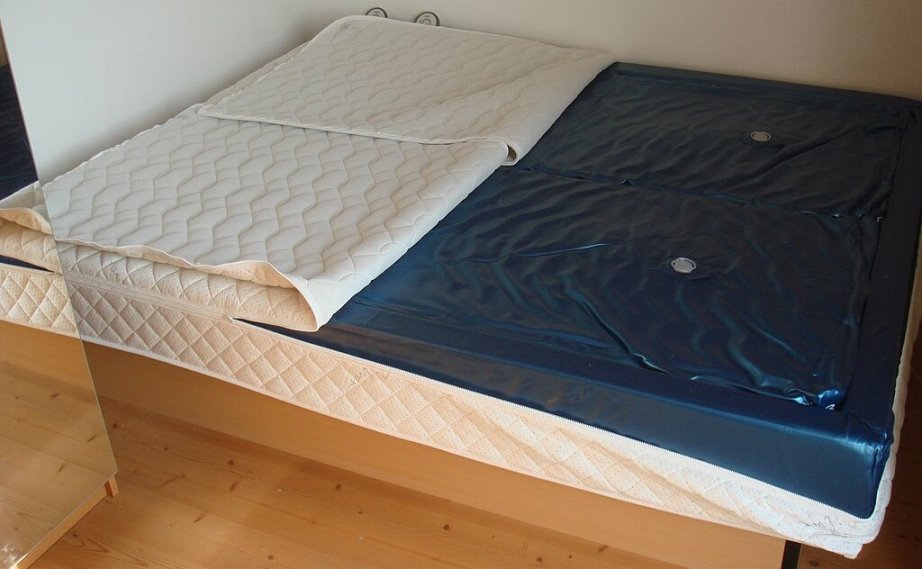
Do mind that waterbeds are heated, either by a thin pad atop the water mattress or by heating the water inside the water-filled mattress. If the waterbed is not heated it will feel cold and very uncomfortable. Typically, the temperature of a waterbed is set between 28°C (82°F) and 30°C (86°F).
Anyway, waterbeds are said to have many health benefits, such as:
- overall improved sleeping comfort and prevention of insomnia;
- reduced muscle tension;
- reduced pressure on the spine which can provide relief to those who suffer from back pain;
- prevention of bedsores because of the even distribution of body weight and enhanced blood circulation because of the warmth of the bed which can both give relief to arthritis sufferers;
- support for pregnant women because of the adjustable warmth of the waterbed and the even distribution of body weight
- improved hygiene because of the vinyl/PVC casing of waterbeds, which can be better cleaned/disinfected than a normal mattress. For those who have certain allergies, a waterbed can really be an outcome;
Nonetheless, it is important to acknowledge that a waterbed by itself is not a cure for health conditions, the latter often having a structural cause. Yet, it may provide relief and improve the overall situation of discomforts.
It also takes time to get used to sleeping in a waterbed. I can remember that it took me about a week before I was comfortable with it. In the beginning it’s even somewhat painful, because your body’s joints and muscles need to adjust to the new dynamics, which typically gives a sort of muscle soreness.

The other way around is also true. That is, if you are used to sleeping in a waterbed, you would usually feel body pains after a night in a “normal” bed. The latter is a thing that happens quite regularly, because when you are on holidays or sleep over somewhere else (a friend, family, hotel, etc.) you would typically get the “guest bed,” which would very seldom be a waterbed.
All in all, not everybody finds comfort and relief with a waterbed, even if they have the same ailments or health conditions as another person. As for what I’ve seen and heard around, experiencing pleasure and health benefits of sleeping in a waterbed seems to be highly personal.
In addition, maintaining a waterbed is more elaborate than maintaining a normal bed. There’s quite some cleansing and checking to do on a regular basis. For instance, you need to keep the water fresh (using a type of waterbed conditioner to prevent bacterial growth), keep the vinyl or PVC casing supple (using a kind of cleanser i.e. moisturizer), and you need to regularly check for possible leaks (and repair them if you find such), apart from keeping things as clean as you would with a normal bed.

